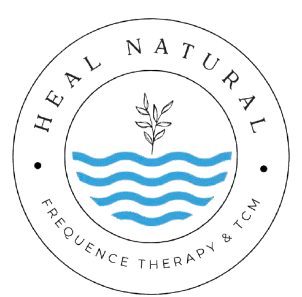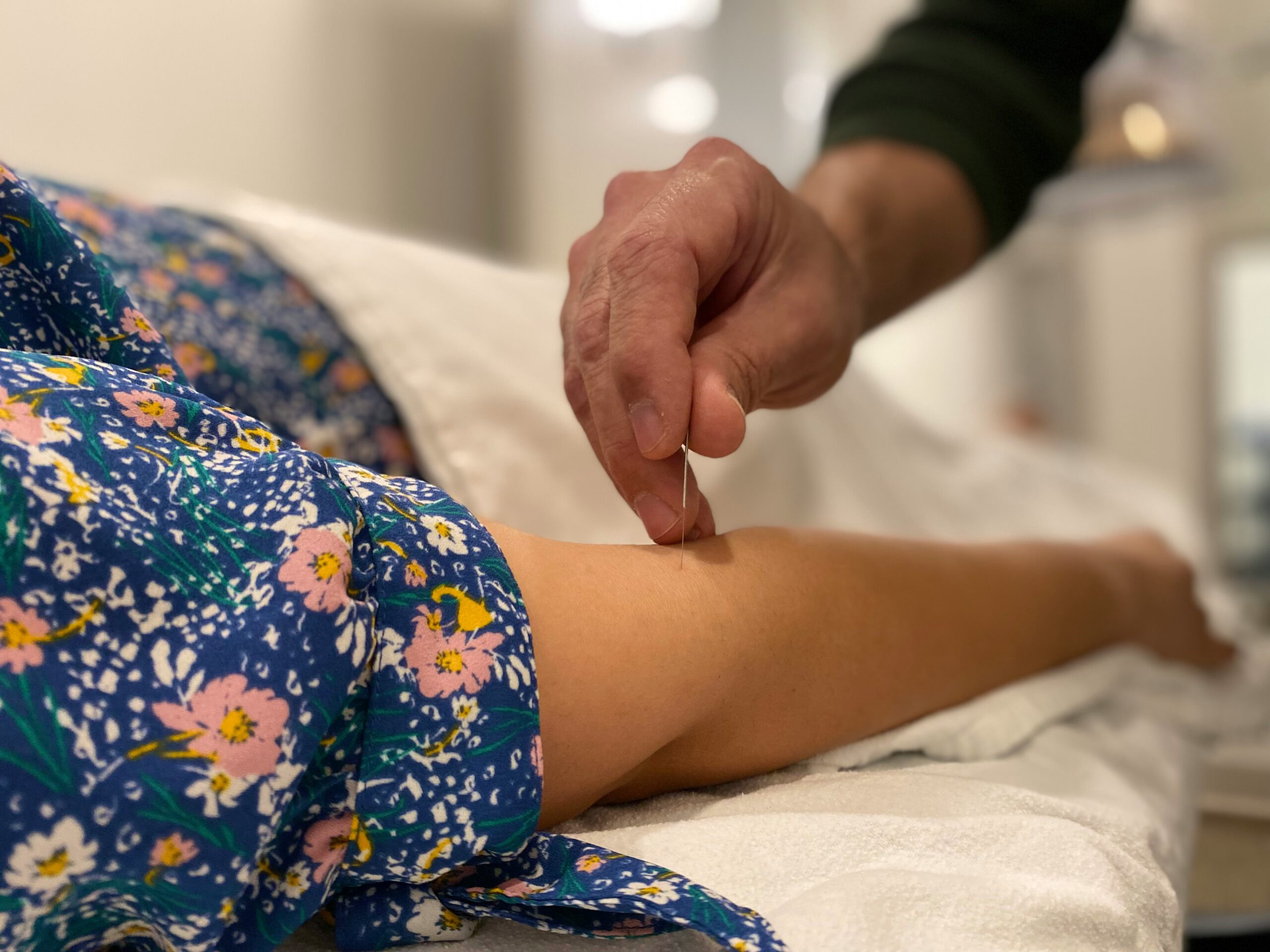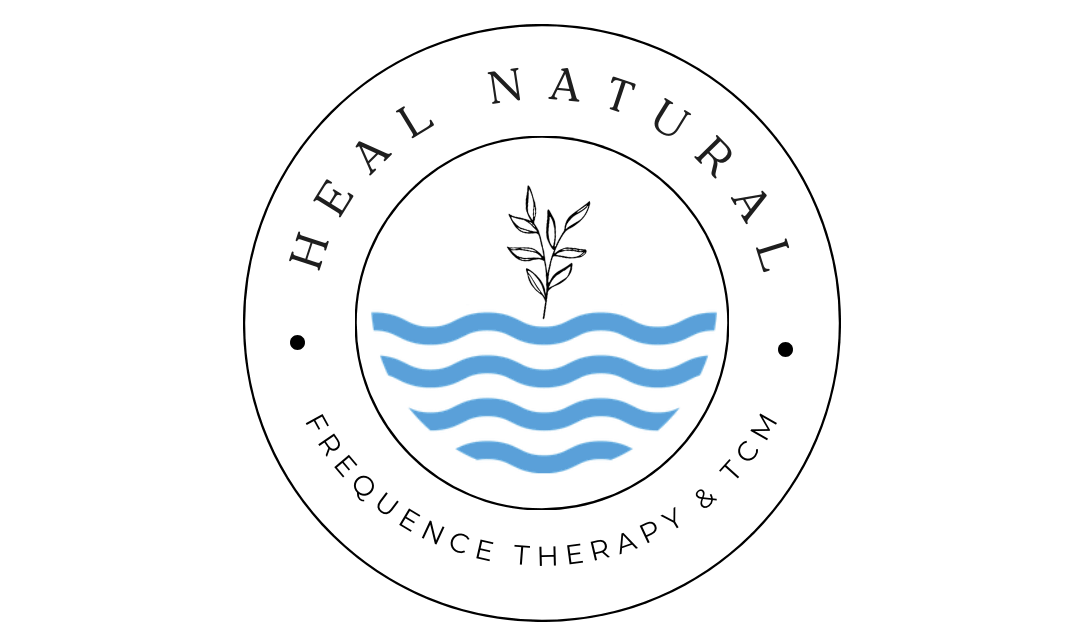Our Therapies
Acupuncture
Acupuncture is a key practice in Traditional Chinese Medicine (TCM). It involves inserting fine needles at specific points on the body (acupuncture points) to regulate the flow of life energy, known as Qi. This energy travels through meridians—energy channels that run throughout the body. Acupuncture restores balance between Yin and Yang, removes blockages in energy flow, and promotes natural healing.
Three Core Principles of Acupuncture:
Qi and Meridians:
TCM teaches that a network of energy channels, the meridians, crisscrosses the body. Qi, the life force, flows through them and controls all physical and mental functions. When Qi becomes blocked or disrupted, illness and pain can follow.
Yin and Yang:
Balanced Yin and Yang are essential for health. These opposing but complementary forces exist in all things. Acupuncture helps regulate this dynamic balance in the body.
Acupuncture Points:
Every acupuncture point connects to specific organs and functions. By inserting needles at these locations, practitioners direct energy flow and encourage the body to heal itself.
Chinese herbal therapy
Chinese herbal therapy is another essential pillar of TCM. It uses a range of natural ingredients, including plants, minerals, and animal-derived substances. In fact, it is one of the oldest and most sophisticated forms of herbal medicine still practiced today.
How Herbal Medicine Works
Balancing Yin and Yang
Each herb has a thermal nature (warming or cooling). Therefore, a tailored herbal formula can help bring Yin and Yang into balance.
Supporting Qi and Xue (Blood)
Many herbs work to stimulate Qi, improve circulation, or nourish the blood. Depending on your condition, we choose herbs to energize, detoxify, or strengthen your body.
The Five Elements
In TCM, the body is governed by five elements: wood, fire, earth, metal, and water. These elements correspond to different organ systems. Herbal therapy aims to maintain balance among them for long-term vitality.
Flavor and Function
Herbs also possess distinct flavors, such as bitter, sour, or sweet. For example, bitter herbs may dry excess moisture, while sweet herbs nourish and calm. These flavor properties influence both the body’s response and the herb’s function.
Targeted Action
Many herbs are selected to affect a specific organ or meridian.
Frequency therapy
Frequency-based therapies are a group of modern naturopathic methods that work with electromagnetic signals to support the body’s self-healing abilities. Every cell in the body communicates through bioelectric signals and subtle frequency patterns. When these signals are disrupted—by stress, toxins, or chronic illness—regulation can become imbalanced.
These therapies aim to detect, influence, or harmonize these signals using either the body’s own frequencies (as in bioresonance or TimeWaver therapy) or through the application of external therapeutic frequencies (as in electroacupuncture or pulsed magnetic field therapy).
The goal is to restore energetic balance, improve cellular function, and promote overall well-being—gently and non-invasively.



